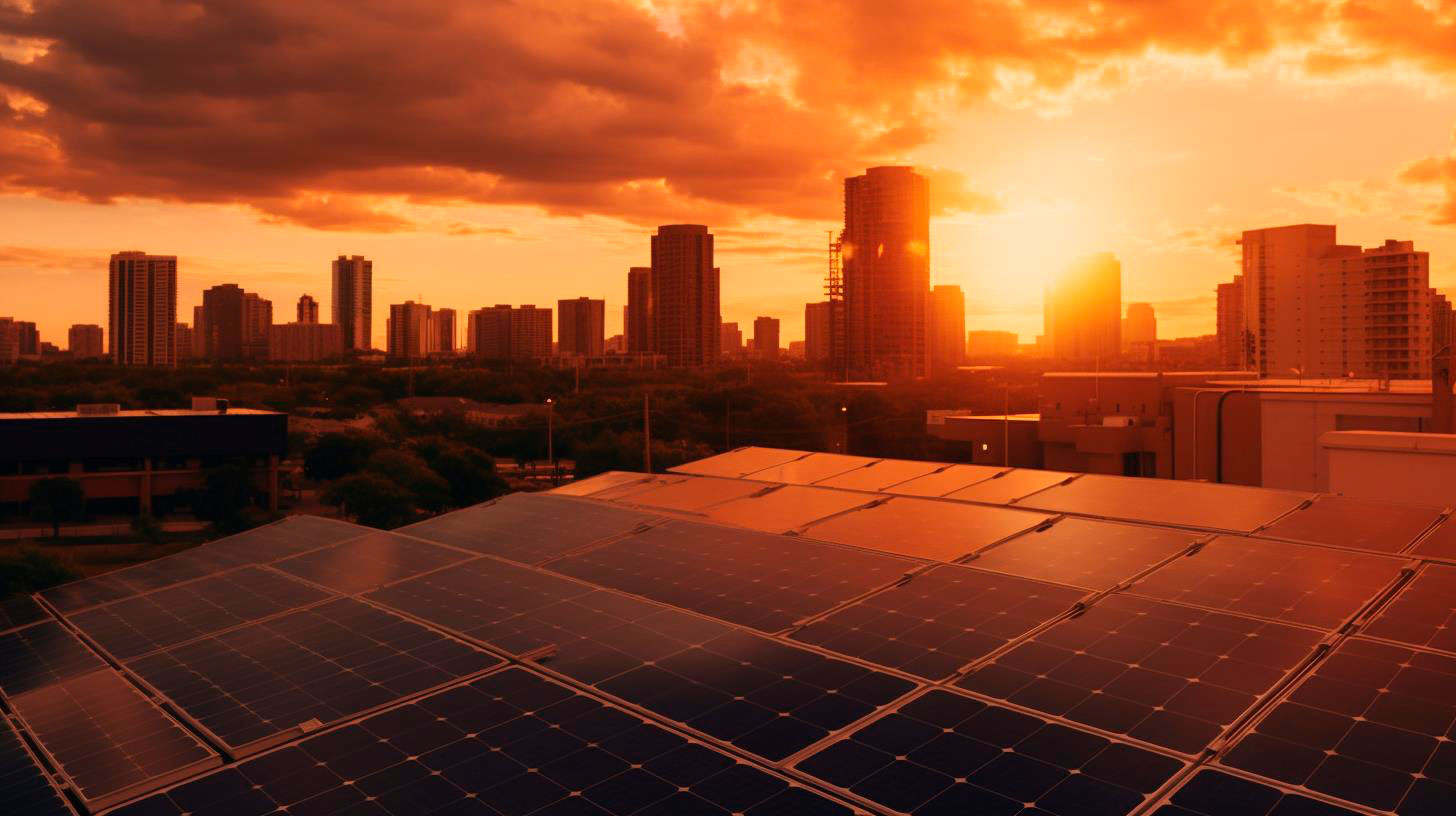A Comprehensive Guide to Understanding Solar Thermal Technology
In this comprehensive guide, we will delve into the world of solar thermal technology, exploring its working principles, advantages, and key takeaways.
Understanding Solar Thermal Technology
Solar thermal technology is a process that uses sunlight to generate heat, which is then utilized for various purposes like heating water, generating electricity, or even powering industrial processes. The key component of a solar thermal system is a solar collector, which captures sunlight and converts it into usable heat.
There are three main types of solar thermal collectors:
- Flat Plate Collectors: These are the most common type of collectors that consist of a flat, insulated box with a dark absorber plate covered by a transparent glass or plastic cover. Heat is transferred to a fluid flowing through pipes within the collector.
- Evacuated Tube Collectors: In this type, a series of glass tubes containing an absorber plate are positioned inside an evacuated glass tube. The vacuum insulation minimizes heat loss, making it highly efficient even in colder climates.
- Concentrated Solar Collectors: These collectors use mirrors or lenses to focus sunlight onto a small absorber, resulting in much higher temperatures. They are commonly used in large-scale solar power plants.
Advantages of Solar Thermal Technology
Solar thermal technology offers numerous advantages over traditional energy sources. Some key advantages include:
- Renewable and Sustainable: Solar energy is abundant and will never deplete, ensuring a long-lasting energy solution.
- Reduced Energy Costs: By harnessing the sun’s energy, users can significantly reduce their reliance on grid electricity, leading to lower energy bills.
- Environmentally Friendly: Solar thermal systems produce clean energy, emitting zero greenhouse gases and minimizing their carbon footprint.
- Versatility: Solar thermal systems can be used for various applications, including water heating, space heating, cooling, and even electricity generation.
- Long Lifespan and Low Maintenance: With proper installation and maintenance, solar thermal systems can last for several decades with minimal upkeep.
Key Takeaways
As you explore the world of solar thermal technology, here are some key takeaways to remember:
- Solar thermal technology harnesses the sun’s heat to generate usable energy for various purposes.
- There are three main types of solar collectors: flat plate collectors, evacuated tube collectors, and concentrated solar collectors.
- Advantages of solar thermal systems include renewable and sustainable energy, reduced energy costs, environmental friendliness, versatility, and long lifespan with low maintenance.
Solar thermal technology is a promising solution towards achieving a more sustainable future. By capitalizing on the sun’s energy, we can reduce our carbon footprint, save on energy costs, and contribute to a cleaner planet. Embracing this technology will undoubtedly pave the way for a greener and more resilient future.
To learn more about solar thermal technology, you can visit the official website of the United States Department of Energy’s Solar Energy Technologies Office: https://www.energy.gov/eere/solar/solar-energy-technologies-office.
